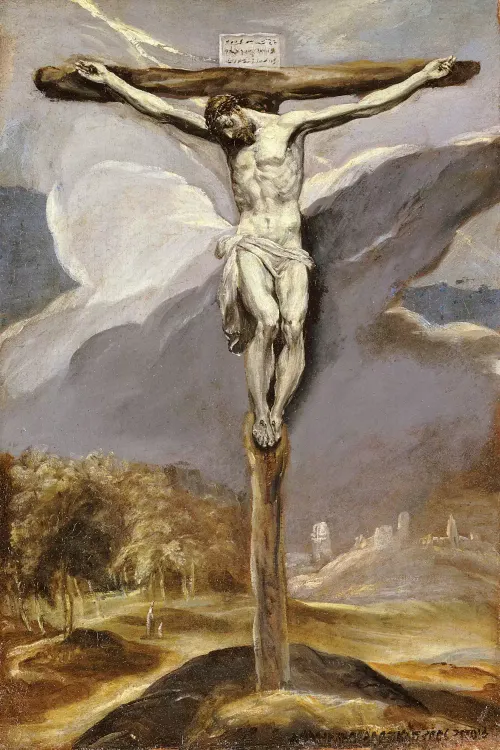Shinto, meaning “the way of the gods” in Japanese, is Japan’s indigenous religion. It’s a nature-based faith where spirits called kami are seen dwelling in everything, from majestic mountains to babbling brooks.
Shinto emphasizes living in harmony with this spirit world. Followers practice rituals to cleanse themselves and maintain a good relationship with the kami, often at beautiful shrines. With its roots stretching back to Japan’s ancient past, the traditions are deeply woven into Japanese culture.

Shinto offers several unique and positive aspects to its followers:
- Deep Appreciation for Nature: Shinto fosters a profound respect for the natural world. By recognizing the kami in all things, it encourages living in harmony with nature and appreciating its beauty. This can inspire environmental consciousness and a sense of connection to the world around us.
- Focus on Purification and Harmony: Shinto rituals emphasize cleansing oneself of negativity, both physically and spiritually. This focus on purity can promote inner peace and a sense of well-being. Additionally, its rituals that cultivate harmony with the kami can foster a more peaceful and respectful approach to life.
- Rich Tradition and Cultural Connection: Its traditions are deeply intertwined with Japanese culture. By participating in practices, followers connect with a rich history and gain a deeper understanding of Japanese customs and values.
- Flexibility and Adaptability: Its lacks a rigid dogma or moral code, allowing for a more personalized and adaptable spiritual practice. This flexibility can resonate with individuals seeking a spiritual path that aligns with their own values and experiences.
- Life-affirming Outlook: Its generally holds an optimistic view of humanity, emphasizing the potential for good within each person. This focus on the positive aspects of life can be uplifting and promote a sense of hope.
What does shinto religion focuses in
Kami: These are the spirits or deities that permeate the natural world. Shinto is animistic, believing kami reside in everything, from mountains and rivers to animals and even concepts.
Harmony with Nature: Living in balance with the natural world is a central tenet. Shinto rituals and practices aim to cultivate a respectful relationship with the kami that dwell within nature.
Purity: Maintaining a state of purity is important. Purification rituals performed to cleanse oneself of negativity, both physical and spiritual, to appease the kami.

The Nuances of this religion
Variety of Kami: While nature is a prominent source of kami, Shinto encompasses a wider range. Ancestral spirits, historical figures, and even human virtues can be kami. This creates a diverse and dynamic spirit world.
Relationship with Kami, not Worship: Shinto doesn’t exactly worship kami in the traditional sense. It’s more about building a positive relationship, maintaining a balance, and seeking blessings. Offerings and rituals seen as nurturing this connection.
Focus on Rituals: Shinto emphasizes rituals and practices to connect with the kami and maintain purity. These include greetings at shrines, hand and mouth washing (temizu), and offerings of food or sake.
Regional Variations: Shinto practices can vary across regions. Some shrines may have unique rituals or traditions passed down for generations.
Intertwined with Life: Shinto isn’t just about religious ceremonies. It’s woven into daily life. Observing nature, appreciating its beauty, and maintaining cleanliness all reflect Shinto principles.
Adaptability and Change: Shinto has a long history of adapting to new influences. It coexists with Buddhism in Japan, and some its shrines incorporate Buddhist elements. This flexibility is a key aspect of Shinto’s enduring legacy.
No Centralized Authority: Unlike many religions, Shinto lacks a central religious hierarchy or dogma. This allows for individual interpretation and a more personal connection with the kami.
Controversial points of shinto religion
Shinto, like many religions, aspects that can seen as controversial. Here are a few:
- Association with Nationalism: In the past, Shinto closely linked with Japanese nationalism, particularly during World War II. The concept of “emperor as a living god” and the Yasukuni Shrine (which honors war dead, including convicted war criminals) are sensitive topics due to their connection to this period.
- Gender and Social Roles: Traditionally, its priesthood roles primarily held by men. While this is changing, some see remnants of patriarchal structures within institutions.
- Discrimination: Recently, some its organizations have made statements seen as discriminatory towards LGBTQ+ individuals. This clashes with ideas of tolerance and respect often associated with Shinto.
- Focus on Purity: The emphasis on ritual purity can seen as exclusionary or rigid by some. The concept of what constitutes “impurity” can also be debated.
It’s important to remember that Shinto is a complex and evolving religion. Many practitioners today strive to distance themselves from controversial interpretations and emphasize the positive aspects of its, like harmony with nature and personal connection with the kami.





